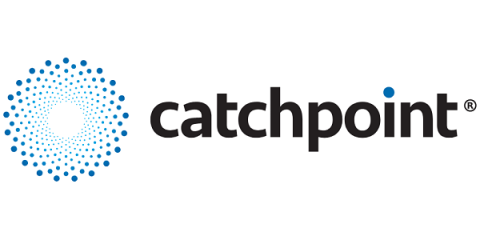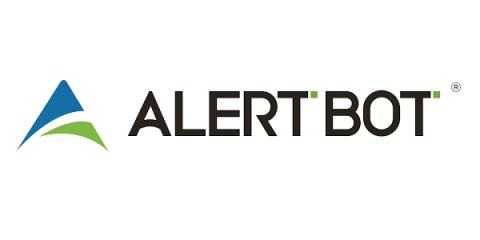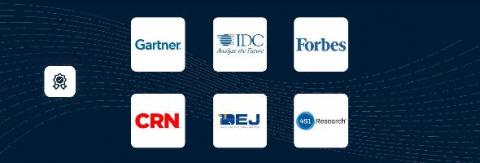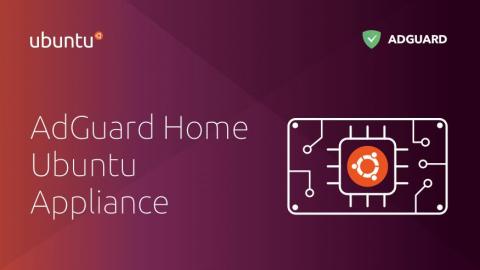Operations | Monitoring | ITSM | DevOps | Cloud
Latest News
Ivanti Neurons Workspace: Deliver Faster Resolutions Without Disrupting Your Customers
When was the last time an IT conversation reminded you of the movie “Casablanca”? That happened to me recently when I was talking with another IT professional about Ivanti Neurons. We discussed how Ivanti Neurons will make life easier for IT by delivering more self-servicing, self-healing and self-securing experiences.
Measuring Employee Experience
In today’s tip of the day, we’ll look at the importance of measuring employee experience (EX) and the specific challenges of doing so with an all-remote workforce. In the video, I’ll walk you through how to look at your employees’ SaaS performance using Catchpoint’s dashboard, so you can see the level of detail available to you with Catchpoint’s endpoint monitoring solution.
3 Takeaways From SaaStr Summit: Transformation, Opportunity, and Social Responsibility
At this year’s SaaStr Summit: Enterprise, our CEO Jennifer Tejada talked about why digital acceleration has been one of the positives to come out of the COVID-19 crisis, and why this time for change shouldn’t be wasted. Here are three key takeaways that she shared. The crisis, as Jenn explained, is accelerating permanent change in the role of the CEO.
Find strings within strings faster with the new wildcard field
In Elasticsearch 7.9, we’ll be introducing a new “wildcard” field type optimised for quickly finding patterns inside string values. This new field type addresses best practices for efficiently indexing and searching within logs and security data by taking a whole new approach to how we index string data. Depending on your existing field usage, wildcards can provide: The most exciting feature of this new data type is its simplification of partial matches.
3 Reasons Why It's a Bad Idea to Buy Site Monitoring from Your Web Host
For baseball pitchers, the two most glorious words in the English language are “perfect game.” For actors, it’s “Oscar win” (forget all that nonsense about how “it’s an honor just to be nominated.”). For school-aged kids, it’s “snow day.” And for businesses, of course, it’s “captive audience.” Indeed, it doesn’t matter how compelling or clever a marketing and advertising campaign might be.
Jaeger Turns Five: A Tribute to Project Contributors
August 3rd, 2015 was the date of the first commit in the internal Jaeger repository at Uber. Technically, the true birthday of the project was probably a week or so earlier, because while I was prototyping the collector service we went through a number of project names, some of them rather embarrassing to name here, and the real first commits happened in a differently named repository.
OpsRamp Industry Recognition: ITOM, Infrastructure Monitoring, AIOps
In the first two quarters of 2020, OpsRamp has received market recognition from four independent analyst firms: Gartner, 451 Research, IDC, and Digital Enterprise Journal (DEJ). Leading media publications (CRN, Forbes, and ITOps Times) have also covered OpsRamp’s capabilities for cloud management, hybrid monitoring, and IT incident management.
Set up the AdGuard Home Ubuntu Appliance
Block ads and trackers, and regain full control of your network. The AdGuard Home Ubuntu Appliance is an easy way for anyone to shield their WiFi network, and all the devices in their home from hackers and prying eyes online. In this post, we discuss what AdGuard Home is, some of the benefits and features of using the appliance, and how you can get started.
Upping the Auditing Game for Correlation Searches Within Enterprise Security - Part 1: The Basics
One question I get asked frequently is “how can I get deeper insight and audit correlation searches running inside my environment?” The first step in understanding our correlation searches, is creating a baseline of what is expected and identify what is currently enabled and running today. Content Management inside Splunk Enterprise Security is a quick way to filter on what is enabled (and it’s built into the UI and works out of the box).











